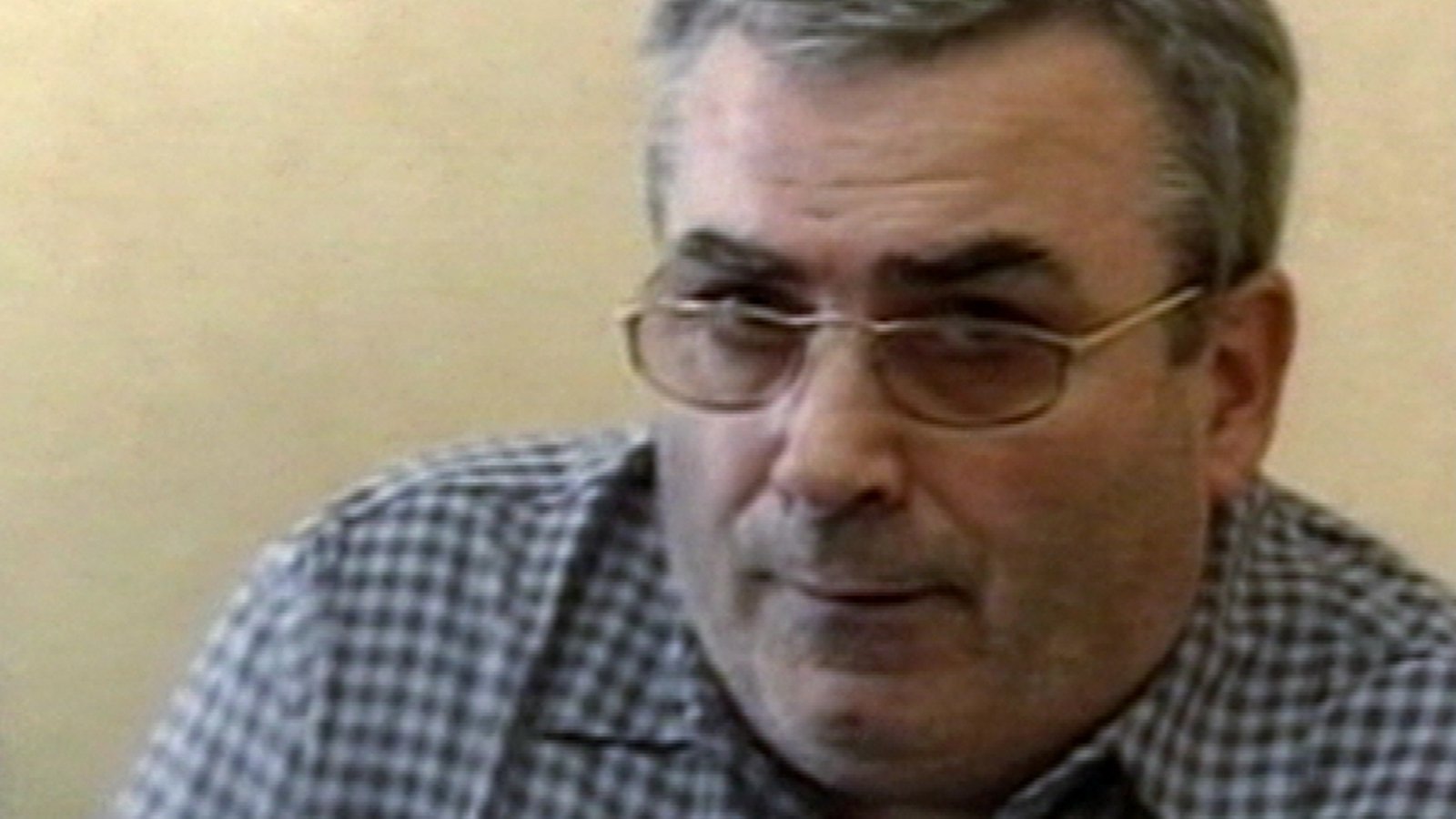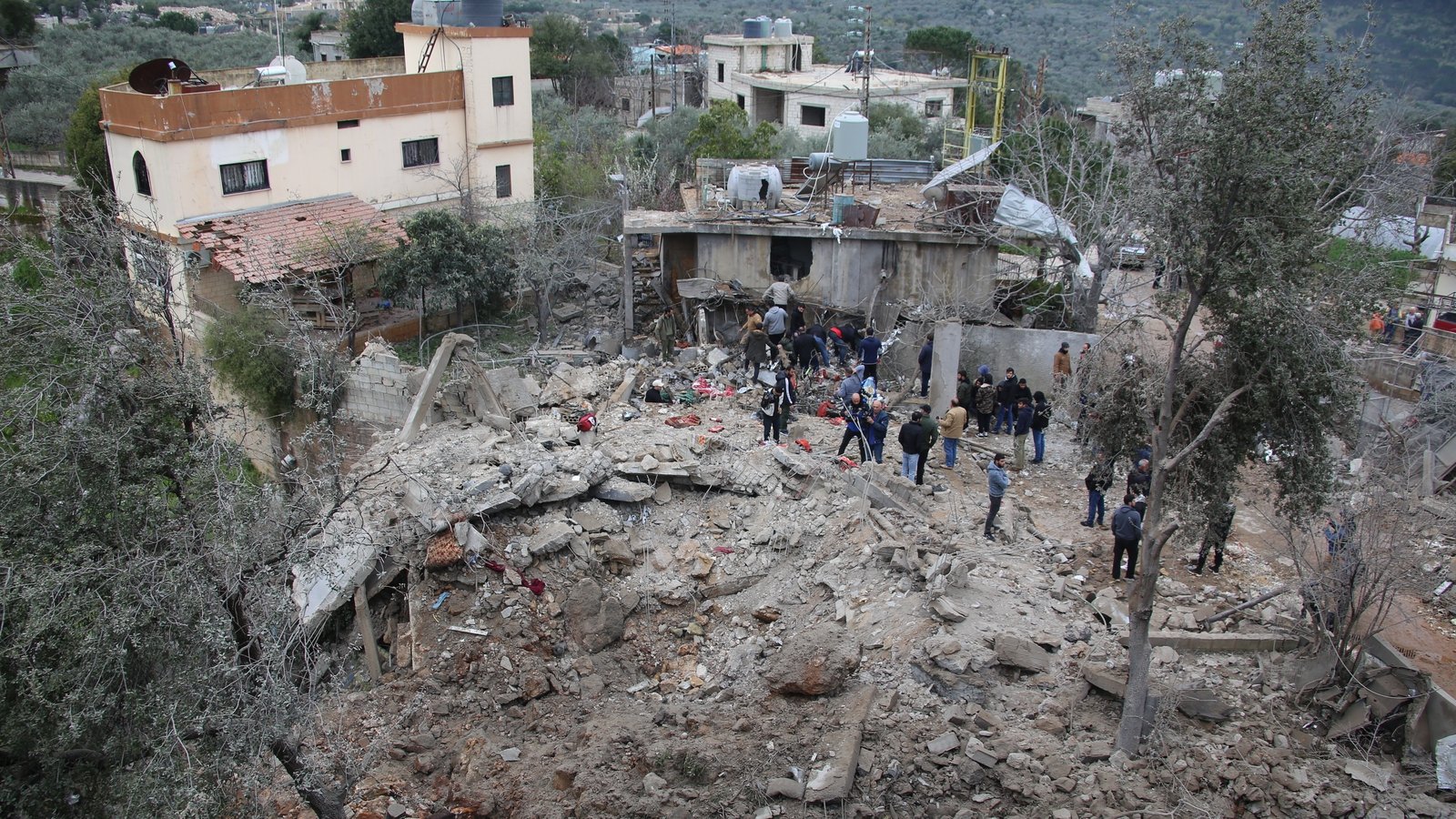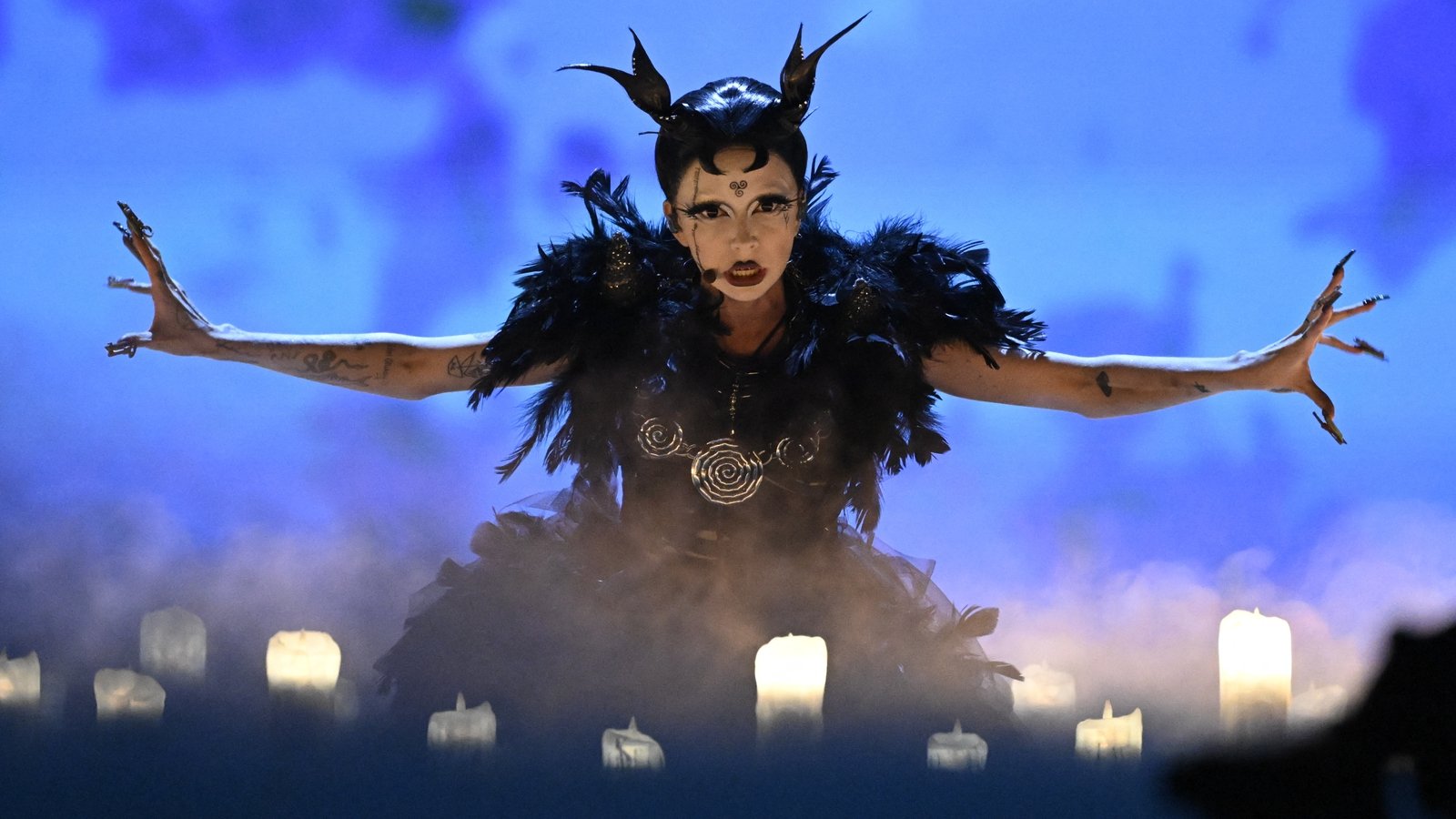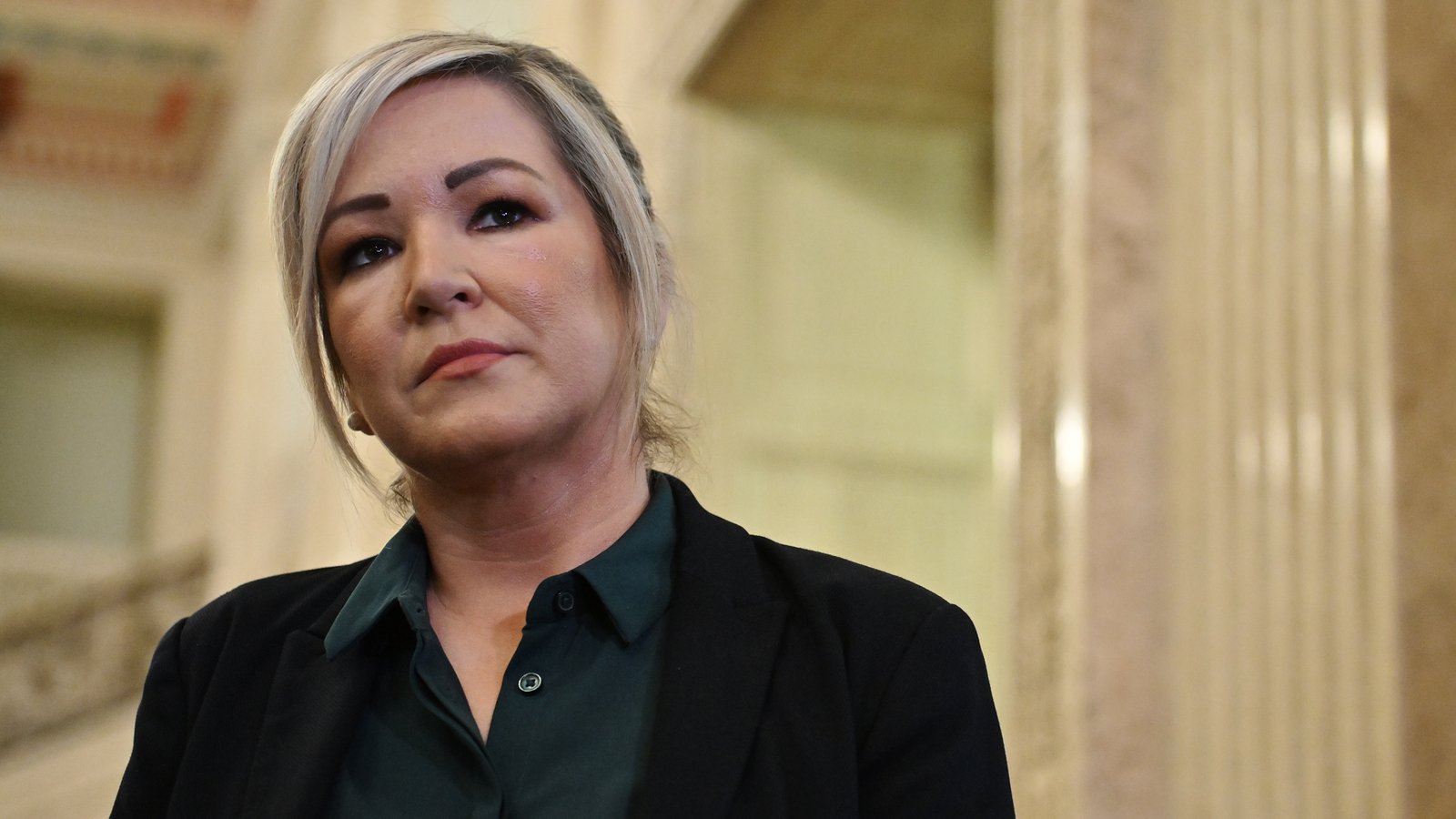Key questions for ‘Stakeknife’ inquiry


The findings of a seven-year investigation into the activities of a man alleged to have been the highest-ranking British army agent in the IRA will be published tomorrow.
Freddie Scappaticci, a west Belfast man who died in April last year, denied being the agent codenamed Stakeknife.
He was linked to dozens of murders during his time as a senior member of the Provisional IRA’s ruthless internal security unit which was tasked with identifying and killing informers.
Operation Kenova was established in 2016 to investigate his alleged activities, and those of former British army and RUC intelligence handlers.
Its findings will be published tomorrow morning.
So, what are the key questions for it to answer, and will it?
Was the British army agent codenamed Stakeknife west Belfast man Freddie Scappaticci?
That may sound like an odd question, but there has never been an official confirmation that the two are one and the same. The name of the agent has been widely reported by the media, but the Kenova team, Ministry of Defence, police and public prosecution service have adhered to a long-standing policy of neither confirming nor denying that any named individual was an informer.
On its website outlining its purpose, Operation Kenova states that it is to “conduct the investigation into a range if activities surrounding an alleged individual codenamed Stakeknife.” The overview does not name the alleged agent.
Following the reported death of Freddie Scappaticci in England in April last year, the Kenova team issued a statement, but while acknowledging that he had been accused of being involved in the kidnap, torture and murder of potential IRA informants during the Troubles, the statement did not refer to the codename Stakeknife.
Given that this seven-year investigation focused on the alleged activities of a former senior IRA member and army agent widely reported to have been Freddie Scappaticci, it would seem inconceivable that the report will not officially confirm his identity, but that is a very real possibility.
How many people did the agent codenamed Stakeknife kill?
At one point the Public Prosecution Service said Stakeknife was being investigated in relation to up to 24 murders.
It is understood that figure was revised and that the agent was suspected of being personally involved in the killings of between 12 and 18 IRA members.
Their “crime”, in the eyes of the Provisional IRA, was that they were informers – referred to as “touts”, just like Scappaticci himself.
Given that the Kenova team submitted detailed files on Freddie Scappaticci to Northern Ireland’s public prosecution service before he died, it is likely the report will include an assessment of how many killings he was involved in and should be been prosecuted for.
Who did he report to and who knew about his activities?
It is known that Stakeknife worked for a secretive section of British military intelligence known as the Force Research Unit, which had offices in British Army headquarters at Thiepval Barracks in Lisburn, Co Antrim.
The agent was considered so valuable that FRU established a dedicated detachment to deal with him exclusively.
There have been claims that he may also at times have worked for or liaised with other intelligence agencies including RUC Special Branch.
How many lives, if any, is Stakeknife claimed to have saved?
Described by one former senior British Army officer as the “golden egg” of military intelligence, it has long been claimed by those within the British security services that information provided by agents like Stakeknife was used to save lives.
Did he provide pre-emptive intelligence that resulted in planned IRA attacks being disrupted or prevented?
Did he provide pre-emptive intelligence about planned interrogations of alleged fellow informants, and if so why were those agents not rescued?
The Kenova team had access to MI5 and British army intelligence files but it is not known if the report will provide such an assessment.
Could lives have been saved if Stakeknife had been arrested and prosecuted instead of being allowed to continue working as an agent?
The families of those who died at Stakeknife’s hands, or as a result of orders he issued, would certainly argue that their loved ones would still be alive if he had been arrested and convicted.
How complicit were his handlers?
Did they direct his activities as an agent, did they point him towards IRA members the British army and security services wanted eliminated? To what extent did they protect him from prosecution, and how? Did they break the law?
It has been alleged that his handlers allowed him to take part in criminal activities that went well beyond what was permitted in relevant guidance they were supposed to follow.
British Home Office guidelines state that an agent should “not actively engage in planning or committing” crimes, and should only play “a minor role”.
They also say: “The need to protect an informant does not justify granting him immunity from arrest or prosecution for the crime if he fully participates in it with the requisite intent.”
Were IRA members sacrificed to protect Stakeknife’s identity?
A number of families of IRA members killed by the organisation’s internal security unit have claimed they were killed to divert suspicion from Stakeknife.
It is not known how many of those Stakeknife killed were actually informers.
It’s been alleged that his British Army handlers encouraged other informants working for them to attend planned meetings with the IRA’s notorious internal security unit in the knowledge that they were likely to be interrogated by Stakeknife and subsequently killed.
Was he the only agent or informant within the IRA’s internal security unit?
Former IRA members and police sources have claimed that Stakeknife was just one of a number of informers within the unit working for either British intelligence or RUC Special Branch, or in some cases both.
He is believed to have been appointed deputy head of the unit in 1978, the same year it’s understood he was recruited by the Force Research Unit.
The head of the unit was John Joe Magee, a former member of the British Special Boat Service, an elite unit similar to the SAS. Magee, who died in Dundalk in Co Louth in 1994, is also believed to have been an informer.
Some former IRA members have claimed that at one point the majority, if not all, members of the internal security unit may have been agents.
How widely was information he provided shared?
The FRU’s role included liaising with the Regional Heads of RUC Special Branch and the British security service MI5.
Kenova examined the extent to which the unit shared intelligence from its “golden egg” and how that intelligence was acted upon.
Is there evidence that RUC Special Branch knew of planned murders but failed to act to stop them?
Who knew and how high did information about his activities go?
Given his description as the “golden egg” of British military intelligence, how far up the military and political chain did knowledge of his activities go?
Were his activities authorised by the British Cabinet office, with sign off from senior politicians?
The reality is those are questions we may never get answers to, and the Kenova team itself may not know. Even if it does, the Official Secrets Act may mean the knowledge cannot be shared.





